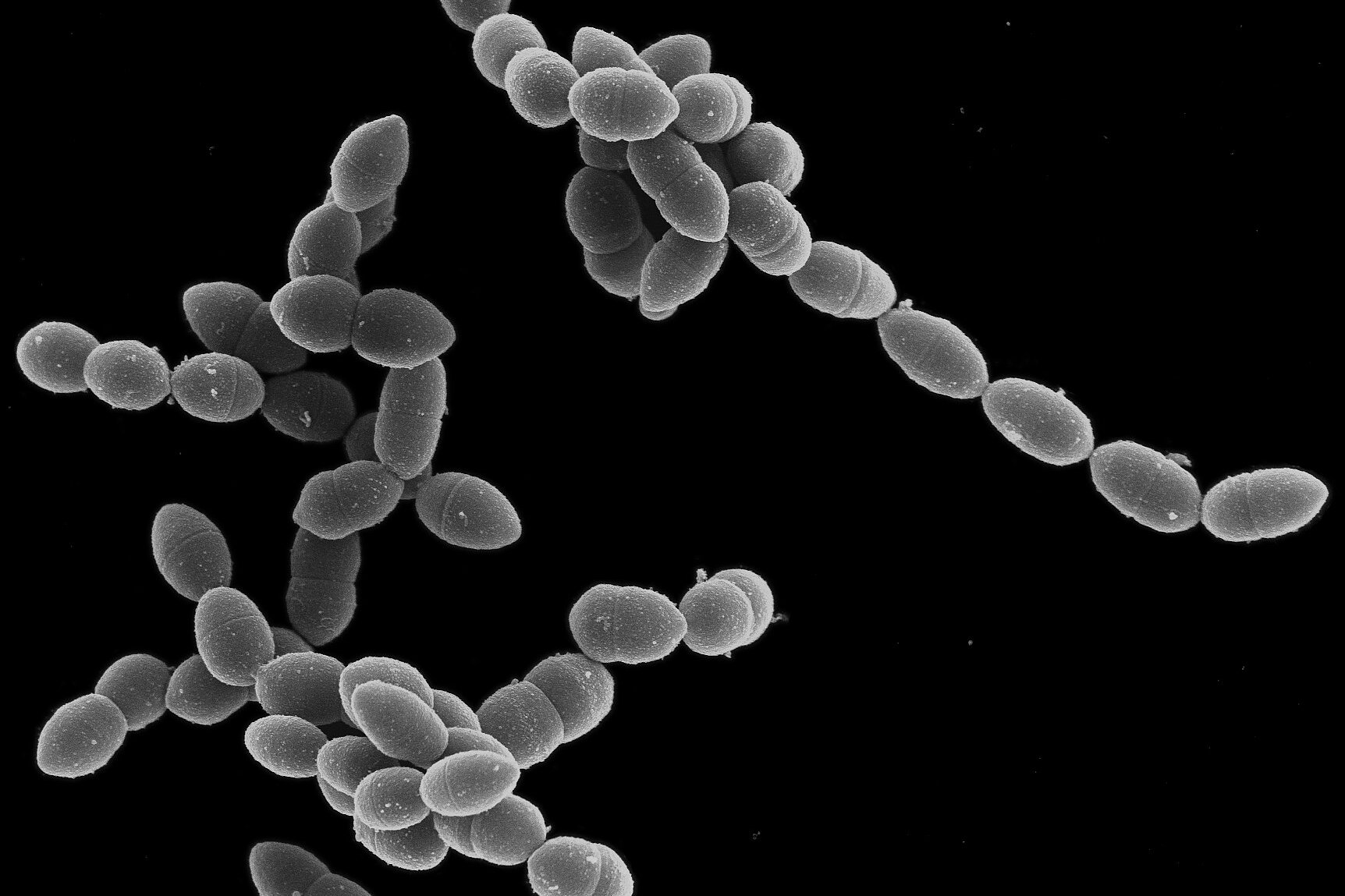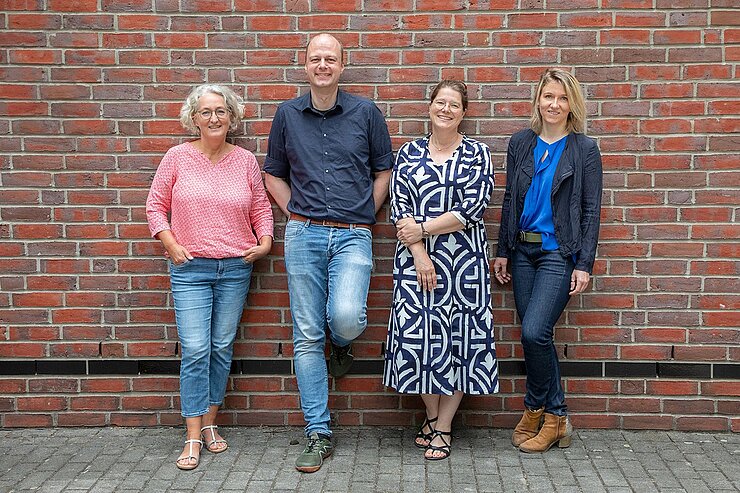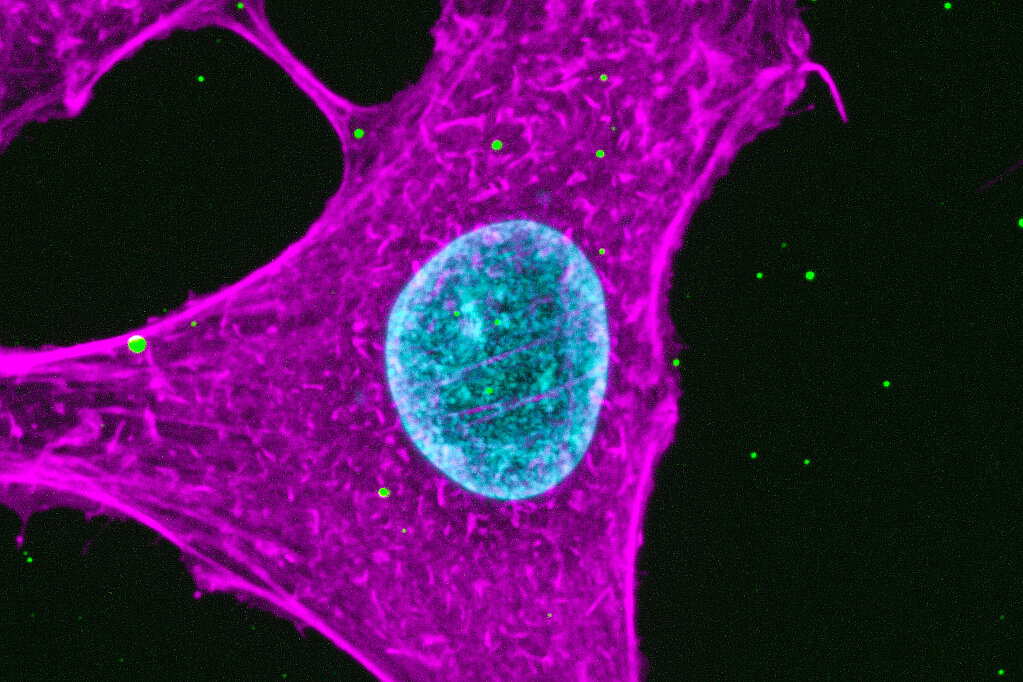The study, led by Prof. Dunja Bruder, researcher at the Institute of Medical Microbiology and Hospital Hygiene, UMMD, and head of the research group “Immune Regulation” at the HZI, shows that changes in the lung - especially in alveolar type II epithelial cells (AECII) - persist beyond virus elimination. AECII are central players in immune defense and tissue regeneration. The researchers investigated how surviving the flu influences their reaction to different pneumococcal serotypes. The study was conducted in close cooperation with the Department of Pneumology at the UMMD.
Dangerous secondary infection with pneumococci
As a result of influenza infection, the immune system reacts differently, which favors severe pneumonia caused by pneumococci. These are then often accompanied by excessive inflammation and can severely damage the lungs.
As part of the study, mice were first infected with the influenza A virus and then re-infected with different serotypes of the bacterium Streptococcus pneumoniae (pneumococci). The team analyzed both the bacterial spread in the lungs and the inflammatory reactions and changes at the AECII level.
The immunological changes were particularly clear in pneumococcal serotype 7F: following previous influenza infection, this triggered a pronounced inflammatory response with strong production of type I and type II interferons - messenger substances that activate the immune system. The AECII also showed epigenetic changes that influenced gene activity in the long term. This revealed that the lungs remain in an altered “alarm state” even after the virus has been eliminated.


![Dr Charlotte Schwenner [Translate to English:] Charlotte Schwenner](/fileadmin/_processed_/6/9/csm_Charlotte_Schwenner_7952cfe0a7.webp)



